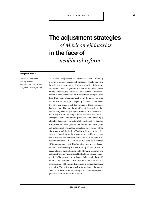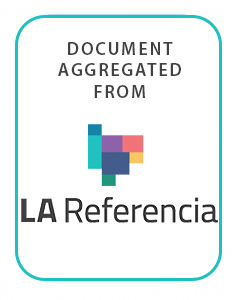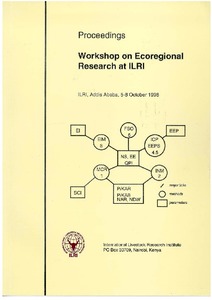The adjustment strategies of Mexican ejidatarios in the face of neoliberal reform
Since 1988 the ejido sector in Mexico has been buffeted by a series of policy changes and exogenous shocks that have brought into question the agricultural viability of the sector as a whole. These changes -trade liberalization, privatization, falling subsidies, the abolition of price controls, macroeconomic shocks, devaluation and momentous changes in the legal framework governing land use in the ejido- have led to a radical reordering of the policy framework and incentive structure under which the farmers of these communal lands operate.






